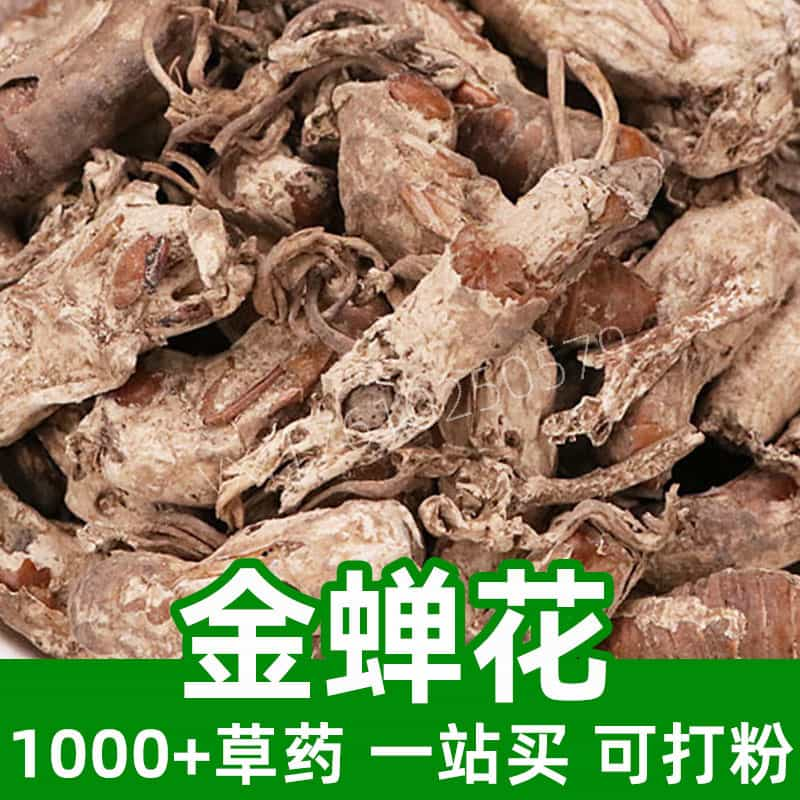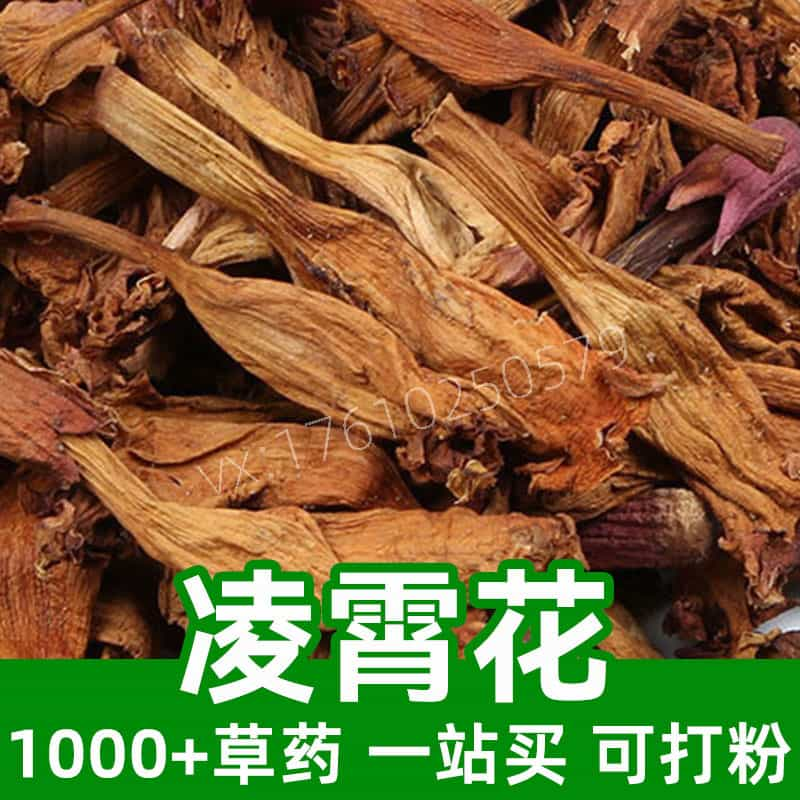Collection, Processing, and Storage of Dry Toad
The collection, processing, and storage of dry toad are critical to ensuring its medicinal value and safety. Details are as follows:
- Collection:
- Typically harvested in late autumn to early winter when toxicity levels are lower, ensuring better processing. Careful handling prevents environmental damage and harm to the toads.
- Processing:
- Collected toads are cleaned to remove impurities and toxins. They are then air-dried in a well-ventilated area until hardened. Processing requires strict control of temperature and humidity to maintain quality.
- Storage:
- Store in a dry, ventilated place, away from direct sunlight and moisture, to prevent spoilage. Use sealed containers or desiccants for additional protection.
- Packaging:
- Pack in airtight bags or containers, wrapped with moisture-resistant materials. Label with product name, production date, and batch number for easy traceability.
- Shelf Life:
- Generally, 1–2 years under proper conditions. Regularly inspect for signs of spoilage or odor and discontinue use if deterioration occurs.
Proper collection, processing, and storage are essential to maintaining the medicinal quality of dry toad, ensuring its effectiveness for medical and other uses.
Monica Sun is a seasoned expert in the natural raw materials industry, with over a decade of experience specializing in traditional Chinese medicinal herbs, spices, and fungi. She is skilled in the sourcing, processing, and application of these materials, emphasizing sustainability and innovation. Monica Sun has contributed to the development of high-quality natural raw materials that serve as essential components in functional foods, pharmaceuticals, and cosmetics, delivering tailored solutions to meet diverse market needs.












